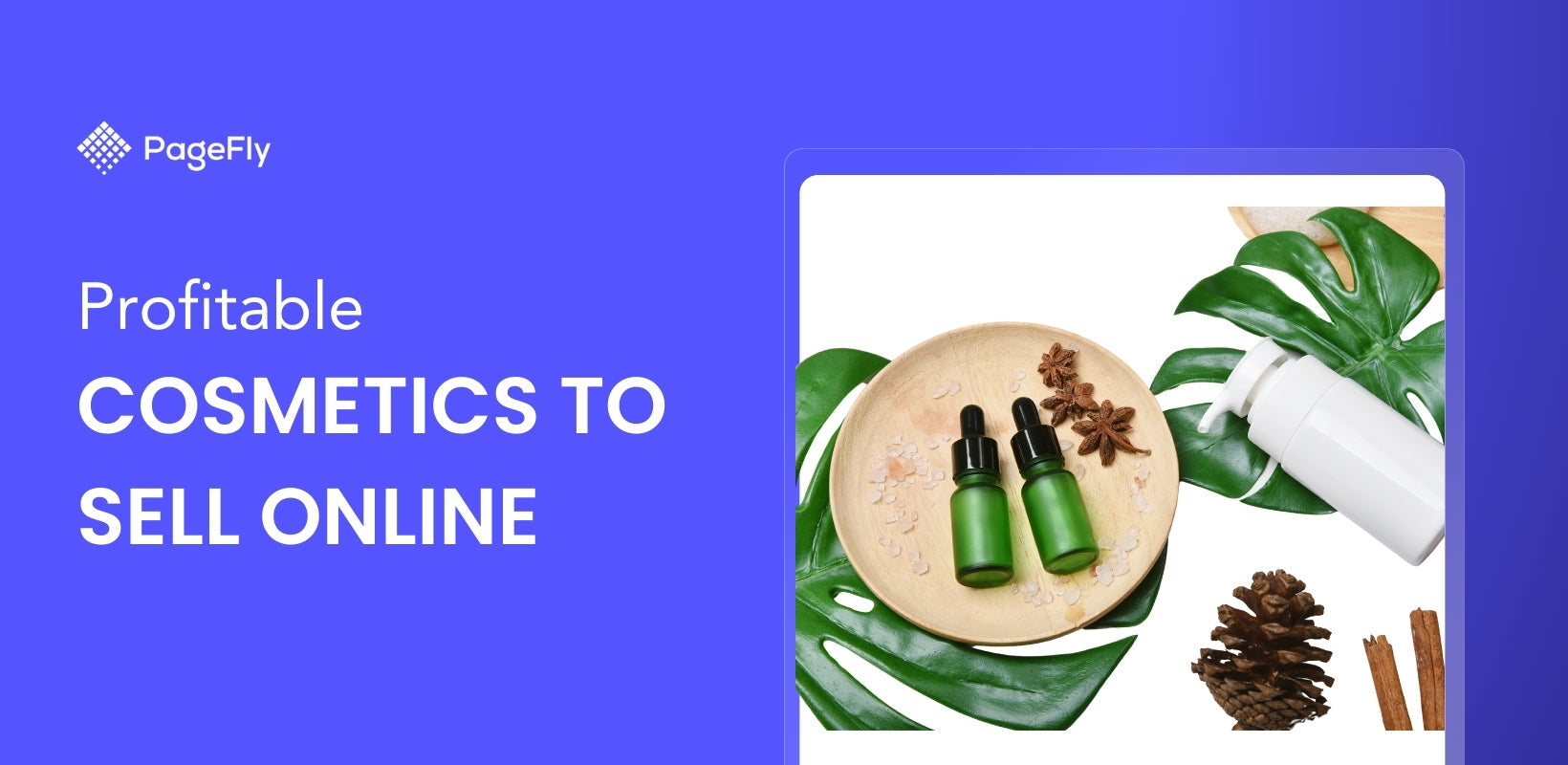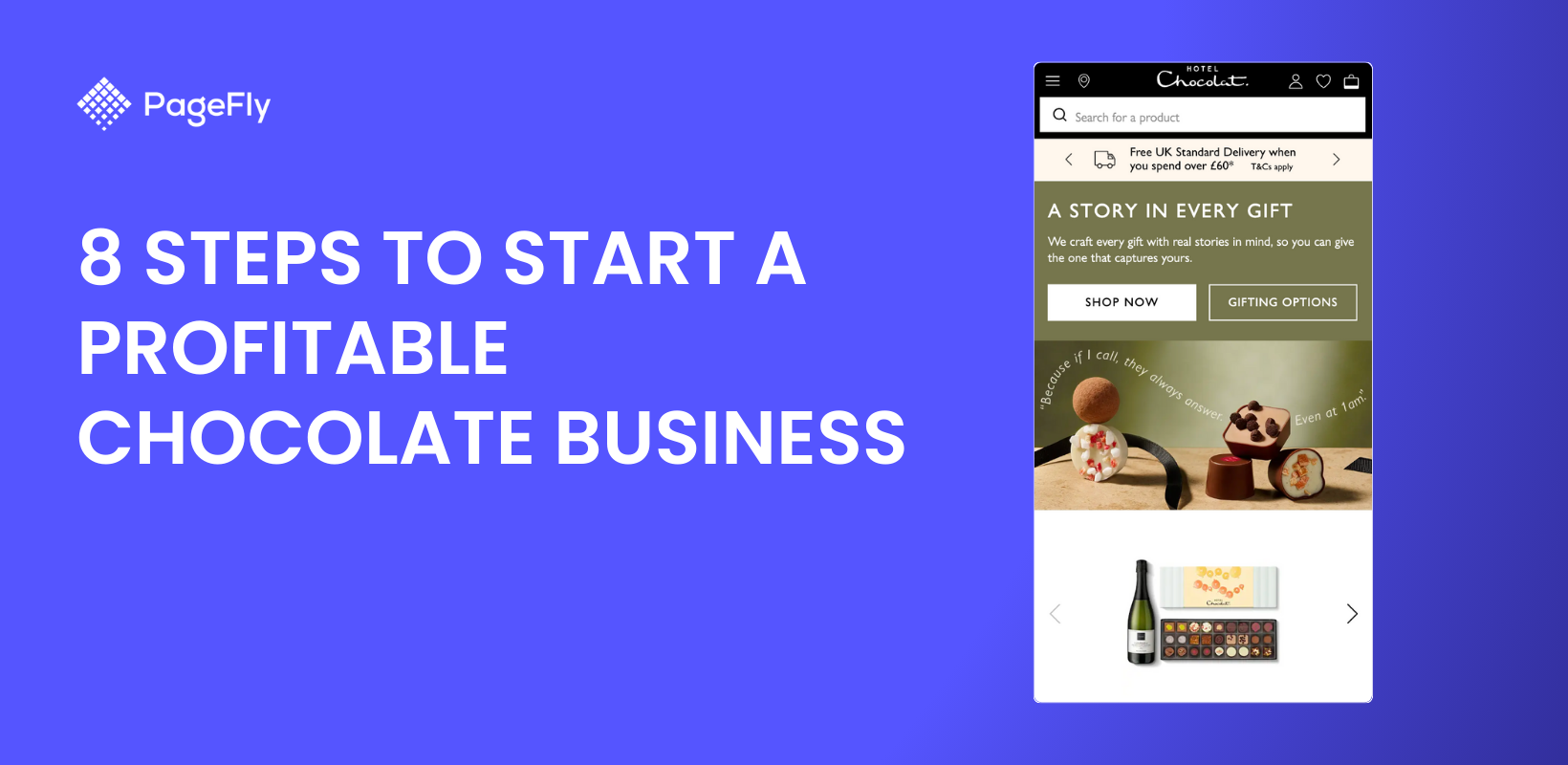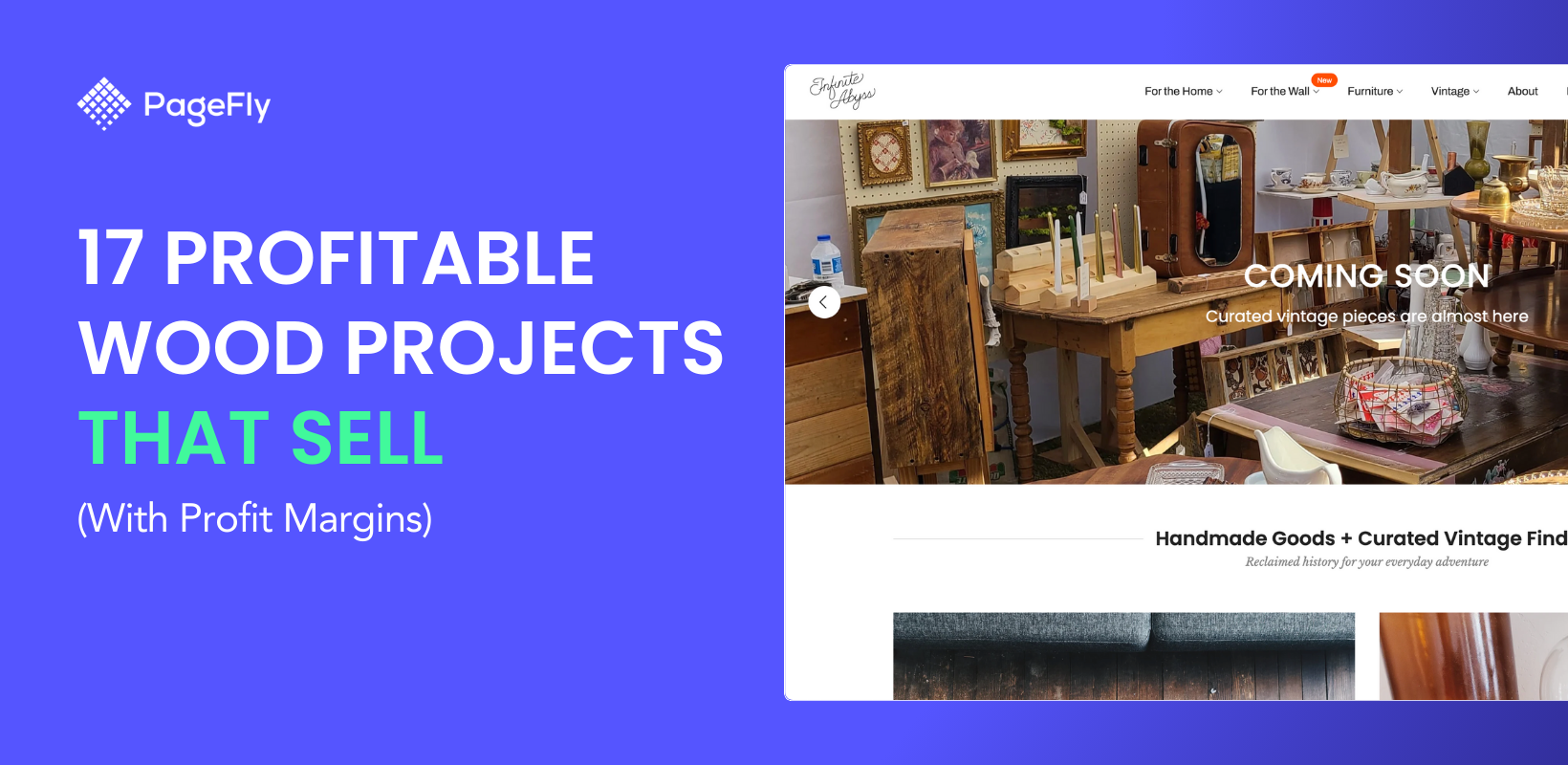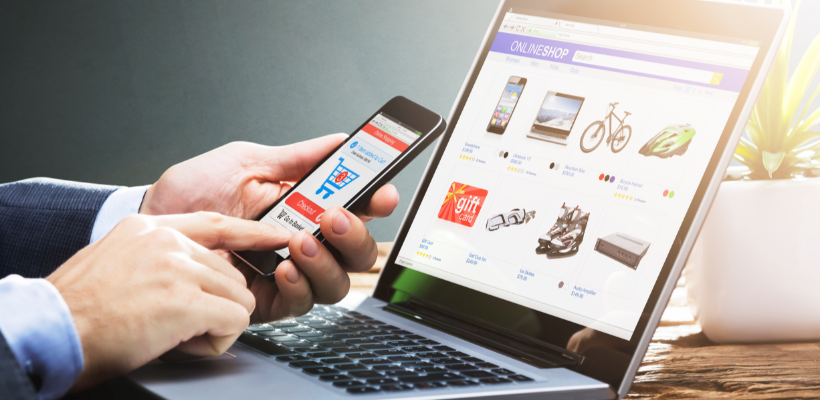Did you recently run a summer sales event, and now you’re wondering how to get those customers to come back and shop with you again?
Running a sales event is part of every ecommerce strategy, especially during special holidays and specific times of the year. Sales events are a great way to incentivize customers to shop now by creating a sense of urgency so they don’t miss out on a good deal.
Sales events temporarily boost revenue, but if you strategically foster brand community, build an omnichannel strategy, incorporate elements of your loyalty program, and build a strategic post-purchase flow and landing pages, you can get your customers to become repeat customers.
What are Repeat Shoppers Worth?
Repeat shoppers are a key indicator that your ecommerce business is healthy and growing. Having a base of customers who shop with you repeatedly is more cost-effective than acquiring new customers and contributes towards brand loyalty. But what are repeat shoppers worth?
According to data, 41% of an ecommerce store’s revenue is created by only 8% of its customers, and your top 5% of customers generate 35% of sales. This 5% is made up of your most loyal repeat customers—making it clear that repeat customers generate substantial revenue and are extremely profitable!
Repeat shoppers play a significant role in ecommerce, with their importance lying in their demonstrated interest and commitment to your brand. This can be through increased revenue, referrals, user-generated content, or simply amplifying reviews.
Cultivating a base of return shoppers is more cost-effective than constantly acquiring new customers, as it requires fewer resources to retain existing ones. Return shoppers provide valuable insights into consumer preferences and behaviors, enabling businesses to effectively tailor their offerings and marketing strategies.

Ecommerce and Sales Events
Sale events are promotions that ecommerce brands run throughout the year. The famous ones are, of course, Black Friday and Cyber Monday. But outside of that window, ecommerce brands run seasonal sales for spring events, through the summer months, Valentine’s Day, and every theme and holiday in between.
Ecommerce sale events serve as powerful tools to drive traffic to a brand’s website, create buzz around the brand, and ultimately increase sales volume. By offering a percentage-based discount or promotion during these events, ecommerce brands can acquire new customers who may be hesitant to purchase at full price and introduce new customers to their products.
Moreover, special sales provide an opportunity to clear out excess inventory, boost revenue during slower periods, and improve cash flow. Sale events stimulate immediate conversions and have the potential to generate a relationship with a new customer or re-engage past ones.

Focus on an Omnichannel Strategy
Implementing an omnichannel strategy is important in an age where your ecommerce brand can reach customers across different channels and devices. An omnichannel strategy seamlessly integrates online and offline channels, ensuring consistency in marketing messages, ways customers can check out, and overall customer experience regardless of the platform. By focusing on omnichannel marketing, you can provide a cohesive experience across all touchpoints where customers interact with your brand.
This will allow customers to shop with you again. Regardless of platform, channel, or location, customers know where they can make a purchase when they shop.
Consider a scenario where you operate both a physical store and an ecommerce platform, offering rewards for in-store and online purchases. Or offering the same discount online and in-store. It's essential to maintain uniformity in the customer experience across these channels.
With omnichannel targeting, you can engage customers regardless of their chosen device or shopping channel. This data empowers you to identify the most effective touchpoints and optimize your strategies accordingly to ensure customers are returning to your shop.
Bang Cookies is a cookie company based on the East Coast of the U.S. They are a perfect example of providing customers with a seamless shopping experience both in-store and online. With two retail locations in New Jersey, Bang Cookies offers customers the convenience to buy online and pick it up in-store within minutes. They also offer the opportunity to deliver within a certain-mile radius of their location.

Building a Strategic Post-Purchase Flow
Building a strategic post-purchase flow through email marketing is essential in securing repeat customers and fostering long-term loyalty. Not only is it an additional channel to engage customers, but it is a critical phase in the customer journey.
This phase of the customer journey offers a vital opportunity to extend positive interactions beyond the initial sale, solidifying the relationship between the customer and the brand. By implementing a well-thought-out post-purchase flow, businesses can enhance the overall customer experience, ensure that customers don’t fall through the cracks, and ensure you’re hitting those lifecycle-critical touchpoints.
Through targeted communication channels such as personalized thank-you emails, order confirmations, and shipping notifications, companies can maintain open lines of dialogue with customers and keep them informed about their purchases. By including relevant product recommendations or exclusive offers in post-purchase communications, businesses can entice customers to return to the website and explore additional offerings, increasing the likelihood of repeat purchases.
Notebook brand, Galen Leather does a fantastic job at cross-selling by recommending products that are similar to a recent purchase. They are a variety or a different color of a specific item.

A well-designed post-purchase flow allows businesses to gather valuable customer feedback, enabling them to identify areas for improvement and make necessary adjustments to enhance the overall shopping experience. By soliciting reviews, conducting satisfaction surveys, or providing avenues for customers to voice their concerns, companies demonstrate their commitment to continuous improvement and customer satisfaction. This proactive approach helps businesses address potential issues and demonstrates to customers that their feedback is valued, fostering a sense of trust and loyalty towards the brand.

Building Landing Pages
Landing pages play an important role in ecommerce by serving as dedicated entry points designed for customers to take action and convert visitors into customers. Building landing pages specifically tailored to align with marketing campaigns, promotions, or product launches can provide a focused and cohesive user experience. Especially after a sales event. Landing pages guide potential customers through the sales funnel, delivering targeted messages highlighting unique selling propositions, special offers, or new arrivals.
Effective and well-built landing pages drive traffic and optimize conversion rates by presenting clear calls to action and ensuring seamless navigation and mobile responsiveness to your customers post-sales event.
Fostering Brand Community
A brand community is the basis of a great ecommerce brand. Building and fostering a community will cultivate a sense of belonging and trust among customers, allowing them to gain a deeper connection to your ecommerce brand and its products.
Ecommerce brands have built communities through social channels, social media groups, or dedicated platforms such as Discord and in-real-life events that customers can engage in and share an experience with the brand. This enhances the overall customer experience and gives businesses invaluable insights into consumer preferences, pain points, and emerging trends.
Overall, your brand community can be a powerful marketing tool to build brand advocates. Ultimately, through a strong community, businesses can foster loyalty, get repeat customers for your next sale event, and establish themselves as trusted authorities within their respective industries.
One Love Organics (OLO) is a brand that knows who its customers are and, more importantly, what matters to them. With messages encouraging their values of self-love, clean products, and worry-free beauty, members can see the value right away. They’ve also given customers a clear description of what value their loyalty community provides by mentioning rewards such as special offers and member-only sales.
Another community-building strategy is to brand your rewards program as a like-minded community with an inviting program name. Using words like club, family, or squad reflects the idea of being a part of something bigger than yourself. OLO’s Love Club perfectly combines its values of love and support to create a welcoming community that customers want to be a part of.

Implementing a Loyalty Program
Building brand loyalty is the cornerstone of a thriving business. One avenue for building brand loyalty is through a branded loyalty program. The sole purpose of a loyalty program is to turn one-time customers into repeat customers. A loyalty program rewards customers who interact with your business. It is a customer retention strategy that successfully encourages customers to buy and support your business rather than competitors.

Implementing a loyalty program can look like a VIP program with multiple levels of tiers with which customers can interact. Large brands such as Sephora use a popular tactic that rewards customers up to 4x the points in its highest tier. Another example of a loyalty program is a points program that offers points based on how much money was spent. For example, Polaroid offers its customers 100 points for every €1 spent on its website. Another example is a referral program that incentivizes customers to share with their friends and network and receive a discount for their referral.

Source: Smile.io
A loyalty program's foundation begins with offering your customers the best experience. It’s a way of thanking them for choosing to spend their hard-earned money with your business. A loyalty program is a retention strategy and a tool to help build upon your relationships with your customers. It’s a great way for customers to interact with your business even more and build a community supporting your products.
Build a Relationship with Your Repeat Customers
Your repeat customers are worth building and fostering a relationship. Once you run a sales event, that becomes the perfect opportunity for a touchpoint to build your community and eventually get customers back to shop with you. By strategically fostering brand community, building an omnichannel strategy, incorporating a loyalty program, and building a strategic post-purchase flow, you can get your customers to become repeat customers.
About the Contributor
This content is contributed by Jonathan Roque and published by Victor Bui.
Jonathan Roque is the Content Marketing Manager at Smile.io. Jonathan is an expert on E-commerce and passionate about helping small and medium-sized businesses grow and maximize their potential.






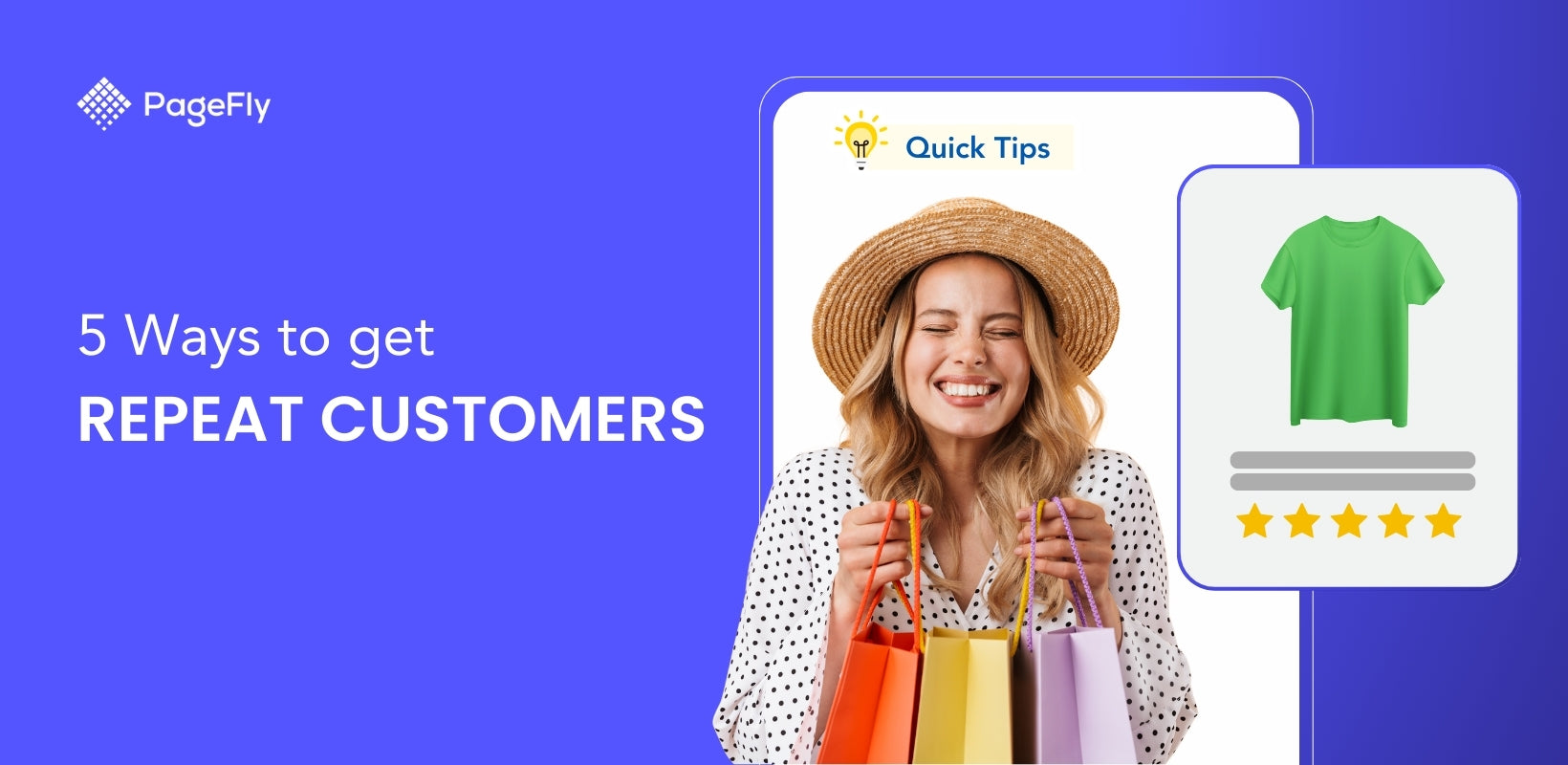

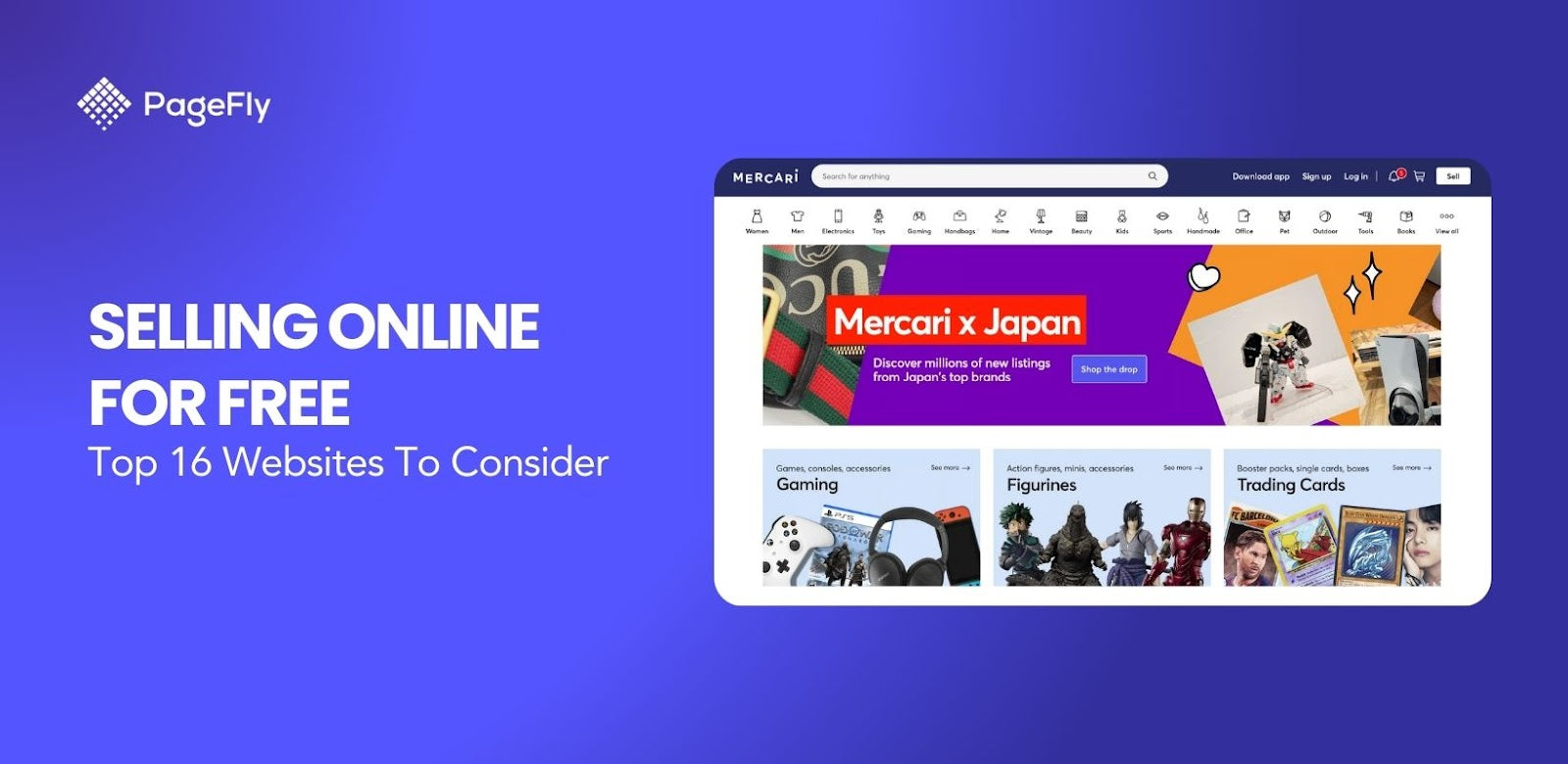
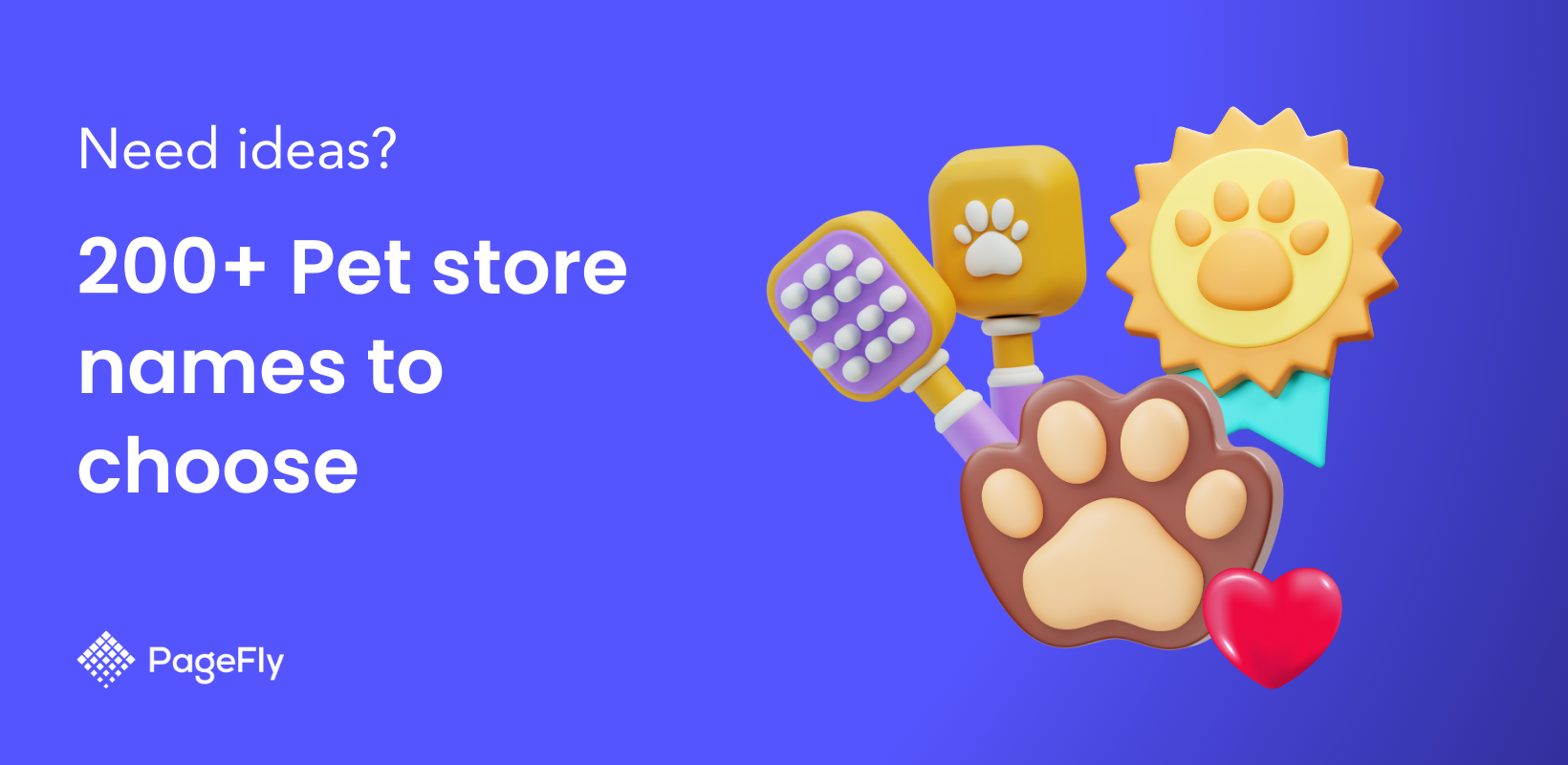
![14 Profitable Small Food Business Ideas for 2025 [Real Numbers]](http://pagefly.io/cdn/shop/articles/1_58b587d2-13db-4aa6-8c19-e40f5c88d3eb.jpg?v=1758255771&width=4460)
![Art Business Names: 350+ Ideas + Free Generator [2025 Updated]](http://pagefly.io/cdn/shop/articles/art_business_name_e94a54e9-d325-4ba3-94ab-7b4297952312.png?v=1760062968&width=1640)
